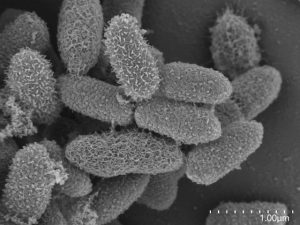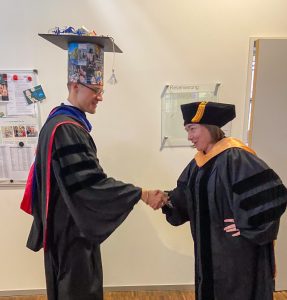We are interested in the co-evolution of humans with their microbiomes. Our basic science investigates the evolutionary history of gut microbes, how they have adapted to life inside humans, and how they affect human biology and health.

We are interested in the co-evolution of humans with their microbiomes. Our basic science investigates the evolutionary history of gut microbes, how they have adapted to life inside humans, and how they affect human biology and health.



Prof. Ruth Ley is the Director of the Department of Microbiome Science and a Speaker for the Cluster of Excellence “Controlling Microbes to Fight Infections” at the University of Tübingen.

Dr. Ruth Ley, Managing Director at the Max Planck Institute for Biology Tübingen and the Director of the Department of

Congratulations to Yi-Han Tan for being selected as one of 59 Post Doctoral Researchers from 28 Nations awarded the presigious

Last month, we celebrated the defense of Ley Lab PhD student, now postodoc, Liam Fitzstevens! He did an amazing job